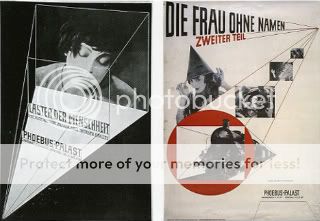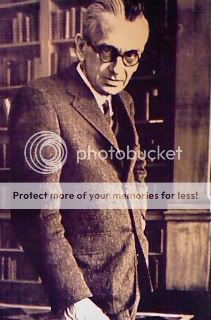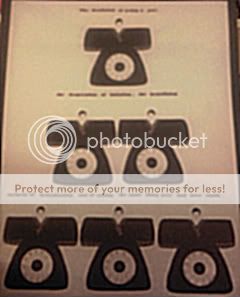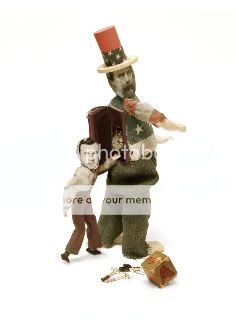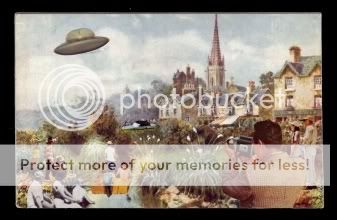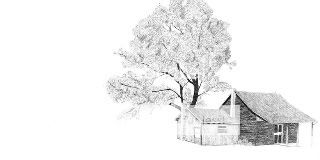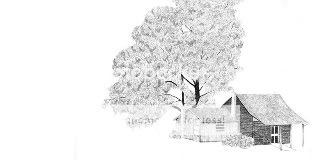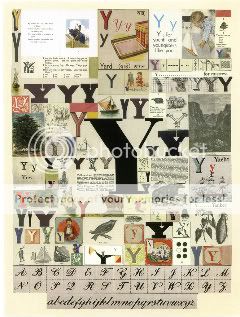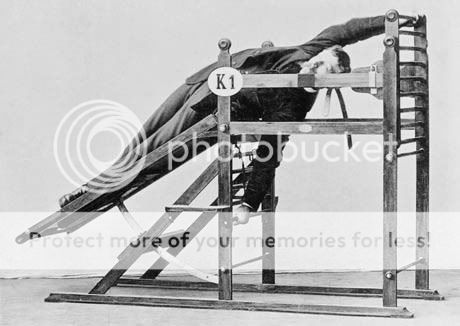
'Une Semaine de Bonte'.
'Une Semaine de Bonte', or, 'A Week of Kindness', was first published by Ernst in Paris as a set of pamphlets during the 1930s. Constituted of found imagery from Victorian encyclopedias and novels, there are 182 surreal montages to the series.
I am a big fan of ol' Ernst, particularly 'Une Semaine'. I like how he plays traditional Victorian imagery against itself, arising from sources otherwise considered serious, the adaptation of context through montage gives the images a new lease of life.

